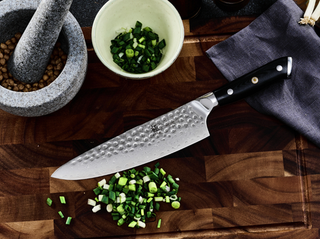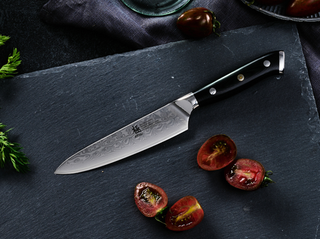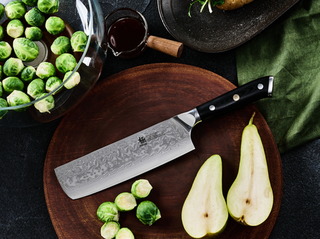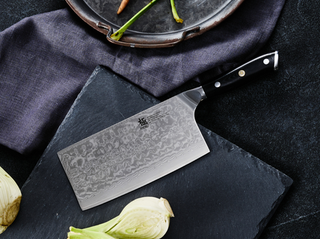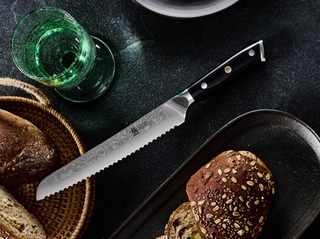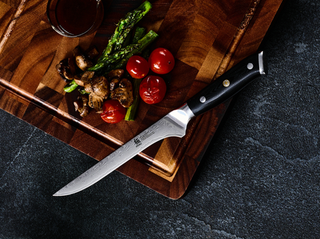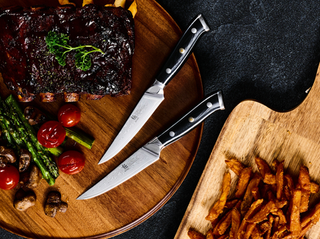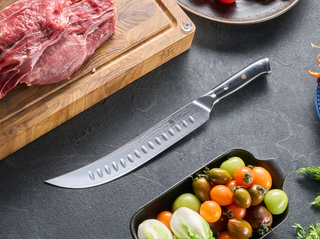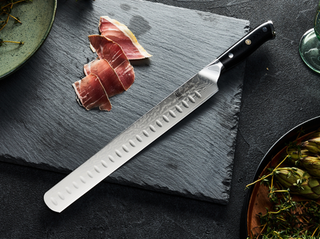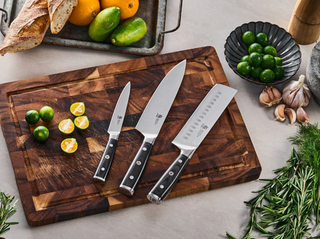Have you ever stood in your kitchen staring at a head of cabbage, wondering how to turn it into those perfect shreds you get at restaurants? Learning how to cut cabbage might seem straightforward, but there's actually an art to it that can make the difference between soggy, bitter slaw and crisp, restaurant-quality results.

1. Why Washing Cabbage Beforehand Matters
Before you even pick up your knife, one step you absolutely can't skip would be washing. You might be wondering why you must thoroughly wash cabbage in cold water before slicing it.
Unlike pre-washed greens, cabbage heads can harbor dirt and tiny insects between their layers. A good wash not only cleans the cabbage but also helps maintain its crisp texture. Using cold water is essential as it keeps the leaves firm and fresh, making them easier to cut.
2. Basic Cabbage Chopping Techniques for Different Dishes
How to Cut Cabbage for Coleslaw

Here is how to cut cabbage for perfect, uniform slaw that makes every bite consistent:
- Remove any damaged outer leaves
- Cut the cabbage in half through the core
- Place each half flat-side down and cut into quarters
- Remove the core at an angle
- Slice each quarter into thin, even strips
Pro tip: Don't shred your cabbage too finely for slaw - slightly thicker cuts (about 1/8 inch) hold up better in dressing and maintain their crunch longer.
How to Cut Cabbage for Frying

Fried cabbage needs different treatment to ensure even cooking:
- After quartering, cut into 1-inch wide strips
- Keep the pieces consistent in size
- Remove any thick core pieces that won't cook at the same rate
Larger cuts (You can even rip it by hands) work better for frying as they'll hold their shape and won't turn mushy.
How to Cut Cabbage for Corned Beef

Traditional corned beef and cabbage calls for a specific cutting approach:
- Quarter the cabbage as usual
- Cut each quarter into 2-3 wedges
- Leave a bit of core attached to hold the wedges together
This method allows the cabbage to cook evenly while maintaining its structure in the cooking liquid.
3. Choosing the Right Kitchen Knives for Cabbage Chopping

While any sharp knife can get the job done, professional chefs often reach for Japanese knives when working with cabbage and other vegetables.
The Kyoku Nakiri knife, with its straight blade and precision-oriented design, is particularly well-suited for creating the paper-thin slices needed for coleslaw or stir-fries. The Kyoku Nakiri knives are known for their superior sharpness, beautiful design and ease of use.
For larger tasks like quartering whole cabbages, the Kyoku cleaver knife with its substantial weight and ultra-sharp edge makes quick work of even the most dense heads of cabbage. Its efficient design delivers clean cuts that preserve the cabbage's freshness.
4. Cabbage Storage and Preservation Tips
How to Store Cabbage for Maximum Freshness
Proper storage techniques can keep your cabbage fresh for weeks or even months when done correctly.
To maximize freshness, store whole cabbage heads in your refrigerator's crisper drawer, and resist washing them until you're ready to use them, because excess moisture can promote spoilage.
The best way to protect your cabbage is to loosely wrap it in plastic, which helps retain moisture while allowing enough airflow to prevent rot. Make it a habit to check your stored cabbage occasionally and remove any spoiled outer leaves to prevent decay from spreading to the rest of the head.
A whole cabbage can maintain its freshness for an impressive period of up to two months in the refrigerator, If you follow these storage guidelines.
5. Solving Common Cabbage Challenges
Getting Rid of Bitter Taste
Nobody likes bitter cabbage. Here's how to ensure sweet, delicious results:
- Remove the core completely - it's often the source of bitterness
- Don't overcook - this can release bitter compounds
- Add a pinch of salt while cooking to draw out sweetness
- Consider blanching briefly in boiling water before using in recipes
Cooking Times and Techniques
The time it takes for cabbage to soften in boiling water varies significantly depending on how you've cut it and what dish you're preparing.
Finely shredded cabbage cooks the quickest, typically becoming tender in just 3 to 5 minutes of boiling, perfect for quick-cooking dishes and stir-fries.
When cooking cabbage wedges, you'll need to allow 8 to 10 minutes for the thicker pieces to become tender while still maintaining their shape.
For traditional dishes like cabbage rolls, whole leaves require a gentle touch and should be boiled for just 2 to 3 minutes until they're pliable enough to roll but not so soft that they fall apart.
Always test the cabbage's tenderness with a fork throughout the cooking process to achieve your desired texture.
Why do you put vinegar in cabbage when boiling it?
This old-school trick serves multiple purposes:
- Helps maintain the cabbage's color
- Reduces cooking odors
- Adds a subtle tang that balances the cabbage's natural sweetness
- Helps tenderize the leaves without making them mushy
Pro Tips for Perfect Results
- Always use a sharp knife - dull blades crush rather than cut, leading to bruised, discolored edges
- Cut similar-sized pieces for even cooking
- Let cut cabbage sit for about 5 minutes before cooking to maximize its health benefits
- If making slaw, salt your shredded cabbage and let it drain for 30 minutes - this prevents a watery final product
Conclusion

The right cabbage chopping technique paired with the proper tools makes all the difference.
A quality Nakiri knife will give you those perfect, paper-thin slices for coleslaw, while a cleaver knife handles the heavy-duty work of quartering whole heads with precision.
Also remember to properly wash your cabbage before cutting, and store it correctly to maintain freshness. Don't forget those little tricks like adding vinegar to the cooking water or letting it rest before cooking.
With these professional tips and the right Japanese kitchen knife in your hand, you'll transform any head of cabbage into demure dishes that are fresh, flavorful, and perfectly prepared every time.
